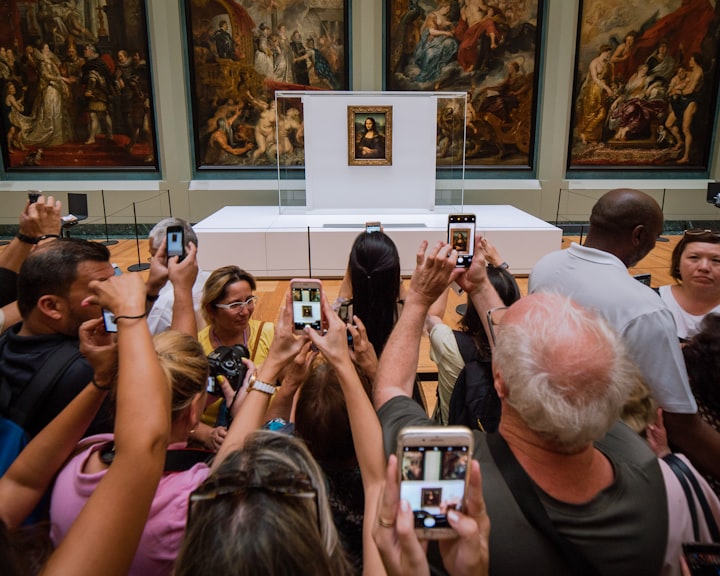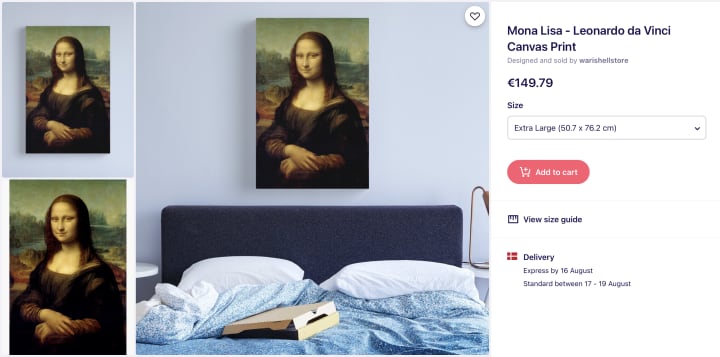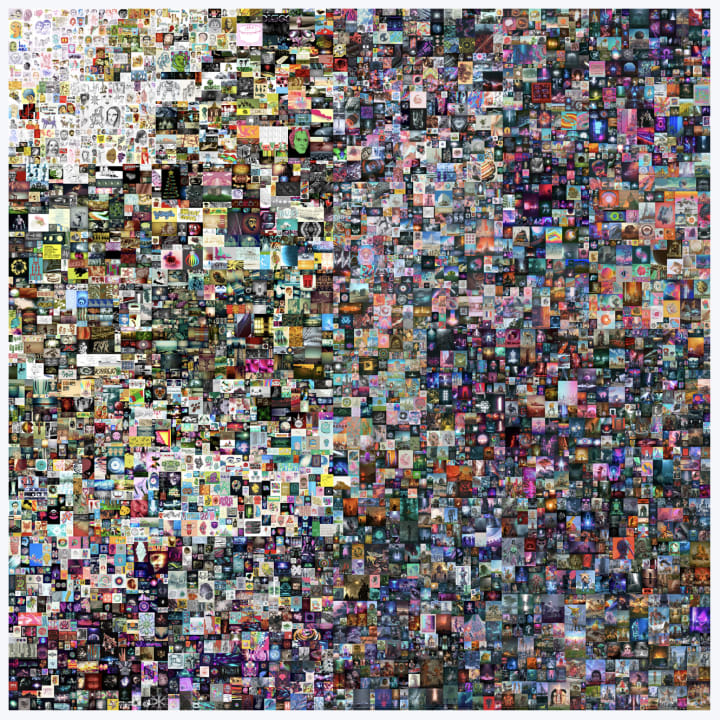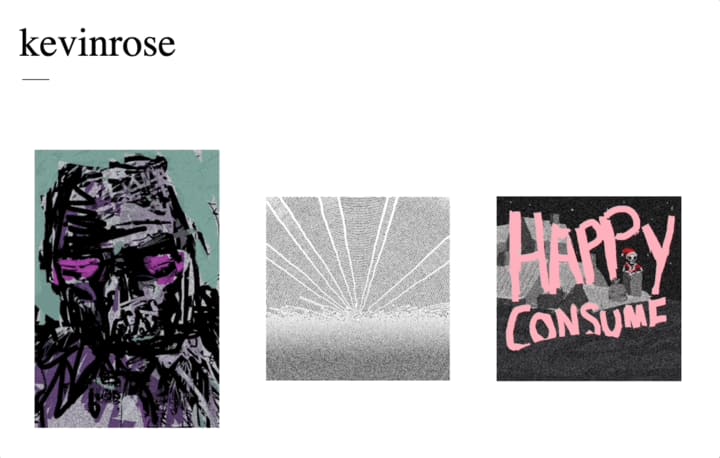Why NFTs Don't Have a Screenshot Problem
Markets for traditional art and collectibles are thriving despite forgeries, and the issue is even smaller with NFTs

If you've heard about NFTs and have a rough idea about how they work, you've probably heard about the most common criticism from the skeptics: A digital file, whether an image, a gif, or a piece of audio or video, can easily be copied and shared. To use a concrete example, the artist known as Beeple recently sold a piece of digital art for $69 million. I just grabbed a screenshot of it. It looks identical to the real deal. And my screenshot was free.
The above can be said and done for any of the multiple million-dollar pieces of digital art and collectibles that have been sold in the last year, whether we're talking screenshots or other forms of duplicates depending on the original's format.
To most of the skeptics, this is the fundamental problem with NFTs and why digital art and collectibles in their minds have zero value. If the above is all you know about NFTs, and assuming it's correct, you can certainly understand why they think so.
So, let's address the elephant in the NFT room and discuss why screenshots aren't nearly as big of a threat as many people seem to believe.
The same can be done with physical items
One of the key counterarguments from the NFT crowd is that copies of famous artworks are just as prevalent in the analog world. You can go buy a poster of your favorite piece of art right now or take a photo of the painting yourself. These replications don't diminish the value of the original.

While there's certainly some truth to this, I also see two important differences: The ease with which the copy can be made and distributed, and the level of similarity between the original and the copy.
Copying and sharing a digital piece of art or a collectible can literally be done by anyone in a few clicks. Furthermore, the copy is completely indistinguishable from the original. While the latter might be said in the physical world as well, as most people wouldn't be able to tell the difference between a fake piece of art and the real deal, it's undebatable in the digital world.
What many people fail to understand, however, is what exactly it is they're copying - and what they're not.
Digital work can be copied - NFTs cannot
A common misconception is that an NFT itself is easily copied. In fact, while the digital file itself can be copied - that is, the digital image, audio, or video clip - the NFT cannot. And as I explained in this article, the NFT is really where the value lies. The NFT serves as the proof-of-ownership, the certificate of authenticity, the contract that identifies you as the righteous owner of a given digital asset with all the rights to brag and show it off.

People who know me know that I didn't buy Beeple's $69 million artwork and wouldn't for a second believe otherwise, just like they know that my Mona Lisa poster is just that: a poster. And if you didn't know me, you could easily do a background check to verify that I am indeed just another one of the countless random guys who took a screenshot or bought a fake of a famous piece of art. This is what's going on in the digital world right now. You'll get called out and booted from the community as the imposter you are if you flex with a CryptoPunk or Bored Ape that's not yours, and you certainly won't be able to sell it. And because of the power of the Internet, the blockchain, and the people, you will get called out.
Provenance is readily available
If someone actually tries to flex with a fake or, worse yet, tries to sell it as such, the blockchain on which it was built comes to our rescue. All NFTs can be traced back to their inception, with all transactions, owners, and sales prices visible on a public ledger. If you find something on OpenSea, Rarible, or AtomicHub that seems too good to be true, like a CryptoPunk selling for $1,000, please check its provenance before throwing your money out the window.

Platforms prove authenticity
Finally, it's also important to understand how collectors actually hold and showcase their collectibles in practice. Many digital assets are still mainly used and traded within a specific ecosystem, such as the digital soccer cards on Sorare or basketball highlights on NBA Top Shot. These platforms control everything that's traded and owned within them.
Something similar is happening on other NFT platforms like Gallery.so or marketplaces like OpenSea where collectors display their collections. You need to be logged in and connect your crypto wallet to do this, and will therefore only be able to showcase what's inside your wallet. The platforms even assign a little blue checkmark, as known from Twitter, Instagram, and elsewhere, to validated projects (see the screenshot of my DeadHead above).

In other words, showing screenshots of cool art and collectibles on your Instagram profile isn't enough to get you the street cred you're looking for. You need to prove your ownership. Because of this, the problem with fake copies is really no more prevalent than in the traditional world of physical art and collectibles.
Key takeaways
There's no denying that it's extremely easy to make a copy of a digital art piece or collectible. It may not be a problem though, or at least no more than it is in the analog world where fakes have existed for as long as art and collectibles, yet the market is still thriving.
Furthermore, what's easily copied in the digital world is the image, audio, or video itself - the NFT is not. And as I've previously explained, the NFT is really the valuable part of a digital collectible or piece of art. This is what proves that your version of the work is indeed the original and not just a copy.
Finally, the process of using and displaying digital art and collectibles has a built-in validation of authenticity in many cases. You can't just show off some screenshots on Instagram and expect to be taken seriously. Rather, you need to directly show your crypto/NFT wallet or connect it with one of the existing platforms like OpenSea or Gallery.so. Put another way, you need to truly own it to show it off and get the credit you're after.
From my point of view, the "screenshot issue" isn't much of an issue at all.
About the Creator
Christian Jensen
I’m a designer, investor, and crypto nerd, writing about the intersection of creativity, culture, technology, and finance.
#NotFinancialAdvice






Comments
There are no comments for this story
Be the first to respond and start the conversation.